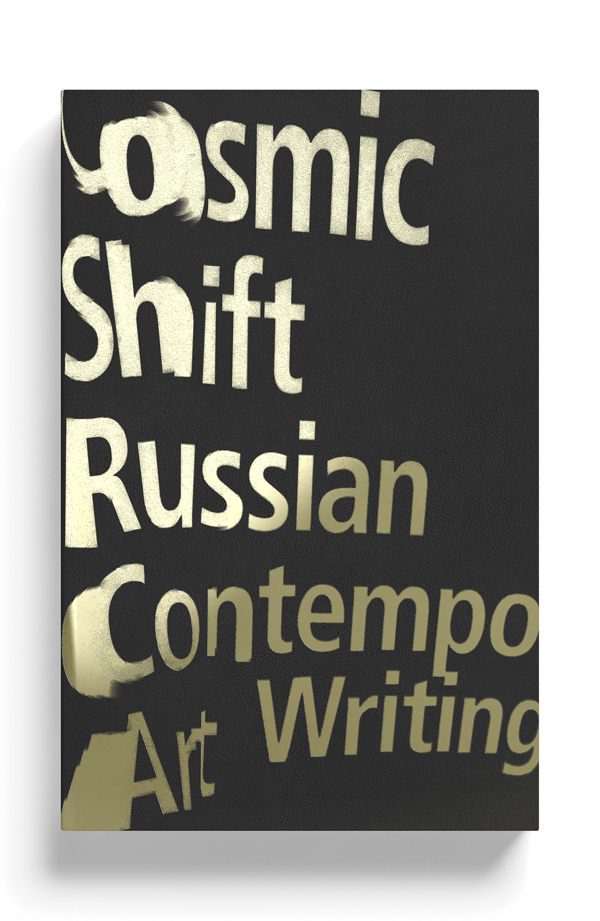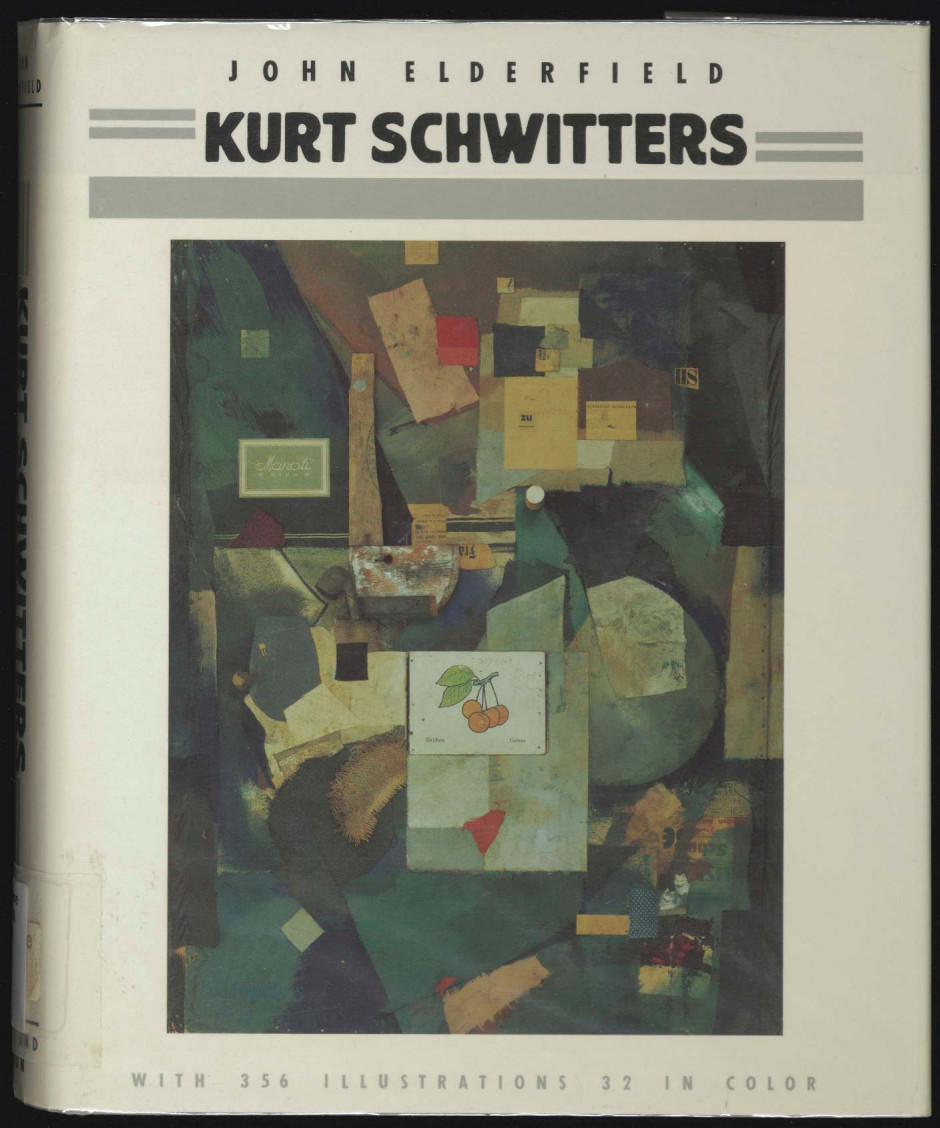Cosmic Shift: Russian Contemporary Art Writing (2017)
Filed under book | Tags: · aesthetics, art, art criticism, art history, avant-garde, communism, conceptual art, contemporary art, cosmism, marxism, russia, soviet union

“In this, the first anthology of Russian contemporary art writing to be published outside Russia, many of the country’s most prominent contemporary artists, writers, philosophers, curators and historians come together to examine the region’s various movements of contemporary art, culture, and theory, from communism, cosmism and conceptualism to past and future futures.
With contributions from Barte de Baere, Boris Groys, Ilya and Emilia Kabakov, Anton Vidokle, Bogdan Mamonov, Pavel Pepperstein, Dmitri Prigov and Masha Sumnina amongst many others, this definitive collection reveals a compelling portrait of a vast and complex nation built on a contradicting dialectic between the material and the ideal and a culture battling its own histories and ideologies.”
Edited by Elena Zaytseva and Alex Anikina
Foreword by Bart De Baere
Publisher Zed Books, London, 2017
ISBN 9781786993243, 1786993244
xvii+516 pages
391, 1-19 (1917-1924) [French]
Filed under artist publishing, magazine | Tags: · art, avant-garde, dada, poetry

391 was a Dada magazine edited by Francis Picabia and published between 1917 and 1924 in 19 numbers in Barcelona (nos. 1-4), New York (nos. 5-7), Zürich (no. 8) and Paris (nos. 9-19).
Contributors included Guillaume Apollinaire, Louis Aragon, Walter C. Arensberg, Céline Arnauld, Hans Arp, Pierre Albert-Birot, André Breton, Gabrielle Buffet, Jean Cocteau, Jean Crotti, Robert Desnos, Paul Dermée, Paul Éluard, Albert Gleizes, M. Goth, Max Jacob, M. Laurencin, René Magritte, Pierre de Massot, E.L.T. Mesens, Francis Picabia, Man Ray, Georges Ribemont-Dessaignes, Erik Satie, Walter Serner, Philippe Soupault, Tristan Tzara, Edgard Varèse, Marius de Zayas, a.o.
The issue 12 features Francis Picabia’s “Manifeste Dada” with reproduction of Marcel Duchamp’s L.H.O.O.Q.
Edited and published by Francis Picabia, Barcelona/New York/Zürich/Paris, January 1917-October 1924
Comment (0)John Elderfield: Kurt Schwitters (1985)
Filed under book | Tags: · art history, avant-garde, biography, collage, constructivism, dada, machine

“Designed to accompany the Schwitters exhibitions in New York, London and Hanover, John Elderfield’s masterly study of Schwitters fulfils all the promise of his articles on that artist from the years 1969 to 1977 and surpasses any other academic work on the same subject in five major respects: first, in its attention to all phases of Schwitters’s work (the pre-1917 and post-1937 phases as well as the classically Merz period); second, in its judicious and balanced attention to all aspects of Schwitters’s multi-media work; third, in its refusal to reduce Schwitters’s artistic and theoretical work to one simple set of ideas or to privilege one mode of expression over another; fourth, in its generous sense of the rich artistic background (Cubism, Sturm, Dada, Constructivism) out of which Schwitters’s variegated work arose; and fifth, in its prodigious familiarity with the vast secondary literature dealing with the Modernist avant-gardes. The extent of Elderfield’s research is immensely impressive and the result of this is an authoritative, clearly-written book which combines a sure grasp of factual detail, a shrewd analytical sense vis-a-vis individual works, a complex understanding of the theoretical problems posed by Schwitters’s cpuvre and a fluid empathy with all of its levels. Quite apart from the 355 high-quality illustrations, the uniform excellence of Elderfield’s text makes the book indispensable for any serious student of German and European Modernism and effortlessly accessible to the non-specialist as well.” (Richard Sheppard’s 1986 review)
Publisher Thames and Hudson, London, 1985
ISBN 0500234264
424 pages
via MoMA
Reviews: Richard Sheppard (J Eur Studies, 1986), Dawn Ades (Burlington Mag, 1986).
Comment (0)
